What are the advantages of degree rotating hydraulic tilt ditching buckets in railway ballast backfilling?
Railway maintenance is a crucial aspect of ensuring safe and efficient transportation. One of the most important tasks in this process is ballast backfilling, which helps maintain track stability and proper drainage. In recent years, the use of degree rotating hydraulic tilt ditching buckets has revolutionized this process, offering numerous advantages over traditional methods. In this article, we'll explore the benefits of using these innovative attachments for railway ballast backfilling and why they're becoming increasingly popular among maintenance crews worldwide.
Enhanced Flexibility And Rotation Capability
One of the standout features of degree rotating hydraulic tilt ditching buckets is their exceptional flexibility and rotation capability, which significantly enhance their performance and versatility in the field. These attachments are specifically designed to offer a broad range of motion, allowing operators to execute tasks more efficiently across different terrains and in varied working conditions.
The 360-degree rotation capability affords operators unparalleled access to difficult-to-reach areas. Whether you are working in confined spaces, alongside obstacles, or on challenging terrain, this full rotation allows the operator to position the bucket at the optimal angle, ensuring precise material handling. This feature is especially useful for backfilling operations along railway tracks, where access to tight spots and the exact placement of material is crucial. The ability to rotate the bucket fully ensures that the operator can reach all corners of the track, reducing the need for repositioning the excavator and improving efficiency.
In addition to rotation, the hydraulic tilt feature further amplifies the bucket's flexibility. Operators can easily adjust the bucket's angle, optimizing material flow and placement. By tilting the bucket, operators can control the rate and direction of material release, which is particularly important when distributing ballast along railway tracks or when working on slopes or uneven ground. The tilt feature ensures an even distribution of material, helping maintain a consistent level and preventing material buildup in certain areas.
This level of control and precision is particularly beneficial when navigating tight spaces or working around obstacles such as signals, switches, or other track infrastructure. It allows operators to adjust the bucket to avoid obstructions while still completing tasks accurately. Whether it’s for smoothing ballast, leveling earth, or backfilling trenches, the ability to fine-tune the bucket’s tilt ensures that the material is placed with the utmost precision.
The combination of rotation and tilt capabilities also optimizes material handling efficiency. The ability to rotate and tilt the bucket allows for easier scooping, transporting, and placing of materials without the need for excessive repositioning of the excavator itself. In turn, this reduces the number of movements the operator needs to make, saving both time and fuel. Less repositioning also results in lower wear and tear on the excavator, leading to decreased maintenance costs over time. The increase in operational efficiency directly translates into higher productivity, making these buckets an excellent choice for tasks that demand both precision and speed.
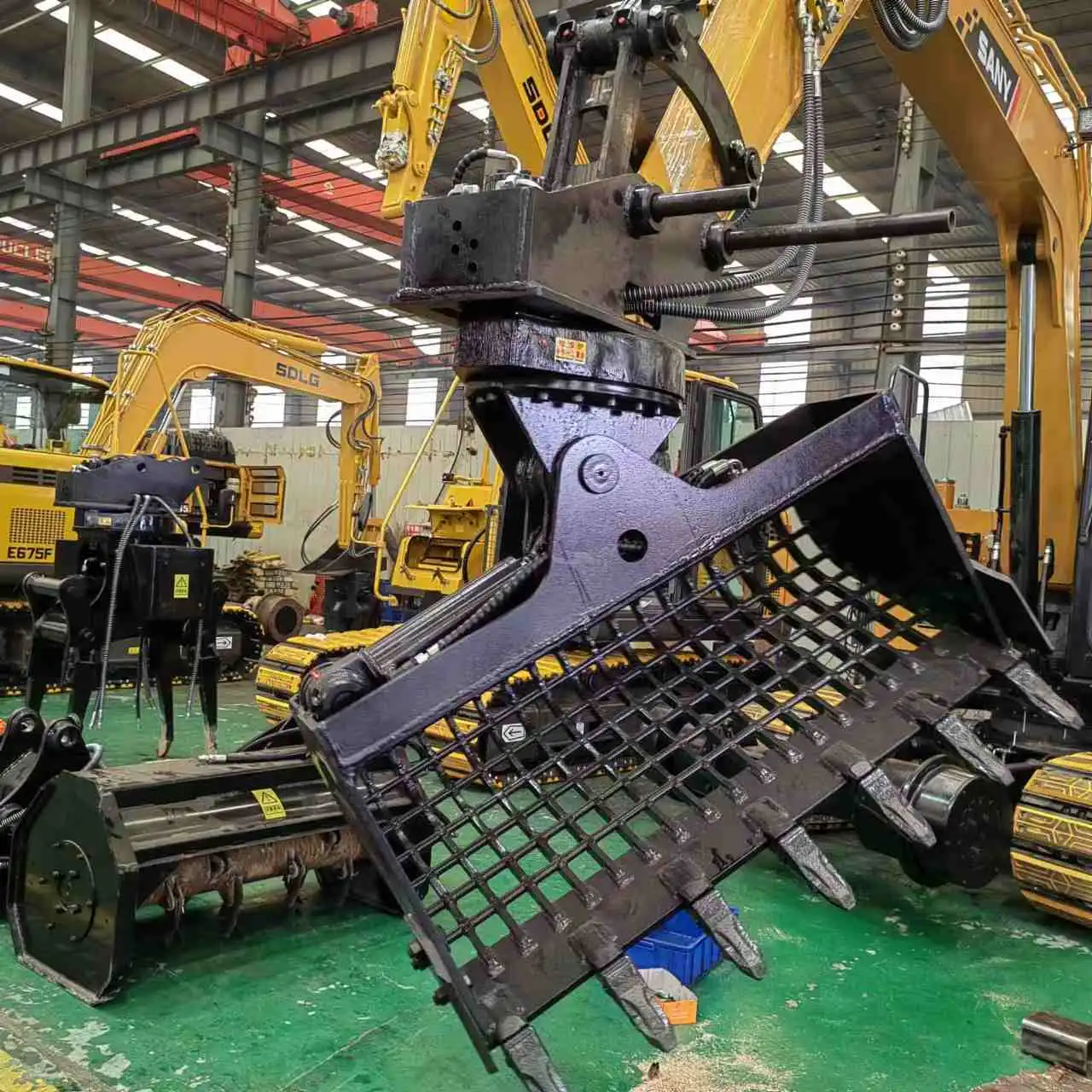
Improved Accuracy And Uniform Backfilling
Accuracy is of utmost importance when it comes to railway ballast backfilling. The proper distribution of ballast plays a critical role in maintaining track stability, ensuring proper drainage, and reducing long-term maintenance needs. Any inconsistency in ballast placement can lead to issues such as track misalignment, poor water drainage, and increased wear and tear on track components. Degree rotating hydraulic tilt ditching buckets are specifically engineered to address these challenges, offering a level of precision and control that surpasses traditional backfilling methods.
One of the key advantages of these specialized buckets is their ability to fine-tune the bucket's position and angle, allowing operators to achieve a much more uniform distribution of ballast along the track. The combination of the bucket’s 360-degree rotation and hydraulic tilt functionality enables operators to adjust the angle and direction of material flow with incredible accuracy. This control ensures that the ballast is placed evenly, creating a stable foundation for the tracks and reducing the likelihood of uneven settling over time. Proper ballast distribution is crucial not only for the track's structural integrity but also for maintaining the correct track geometry, which is essential for the smooth operation of trains.
Moreover, the precise control provided by the rotating hydraulic tilt bucket helps operators to maintain the optimal track profile throughout the backfilling process. By distributing the ballast evenly across the track bed, the bucket minimizes the risk of creating pockets of excess or insufficient material, which could lead to uneven track settlement or drainage problems. This precision helps ensure the track remains level and stable, preventing future issues that may require costly repairs or additional maintenance work.
Cost-Effective Solution For Railway Maintenance
While the initial investment in degree rotating hydraulic tilt ditching buckets may be higher than traditional attachments, they offer substantial long-term cost savings for railway maintenance operations. The increased efficiency and productivity provided by these buckets translate to reduced labor costs and shorter maintenance windows, allowing railways to maximize their operational uptime.
The versatility of these attachments also contributes to their cost-effectiveness. Instead of requiring multiple specialized tools for different aspects of ballast maintenance, a single degree rotating hydraulic tilt ditching bucket can handle a wide range of tasks. This reduces the need for equipment changeovers and streamlines the maintenance process, further enhancing productivity and reducing costs.
Additionally, the precision and uniform backfilling capabilities of these buckets can lead to improved track stability and reduced wear on railway infrastructure. This, in turn, can result in longer intervals between maintenance cycles and lower overall maintenance costs for railway operators.
In conclusion, degree rotating hydraulic tilt ditching buckets offer numerous advantages for railway ballast backfilling operations. Their enhanced flexibility, improved accuracy, and cost-effectiveness make them an invaluable tool for modern railway maintenance crews. As the demand for efficient and reliable rail transportation continues to grow, these innovative attachments are likely to play an increasingly important role in ensuring the safety and performance of railway systems worldwide.
If you're looking for high-quality degree rotating hydraulic tilt ditching buckets and other railway maintenance equipment, consider exploring the offerings from Shandong Tiannuo Machinery. Their experienced R&D team is dedicated to developing cutting-edge solutions for railway sleeper changing machines and excavator attachments. To learn more about their products, including their advanced rotating excavator buckets, don't hesitate to reach out to them at arm@stnd-machinery.com.
References:
- Railway Technology. (2021). "Innovations in Railway Track Maintenance Equipment."
- International Railway Journal. (2020). "Advancements in Ballast Management Techniques."
- Railway Track and Structures. (2019). "Cost-Benefit Analysis of Modern Railway Maintenance Equipment."
YOU MAY LIKE
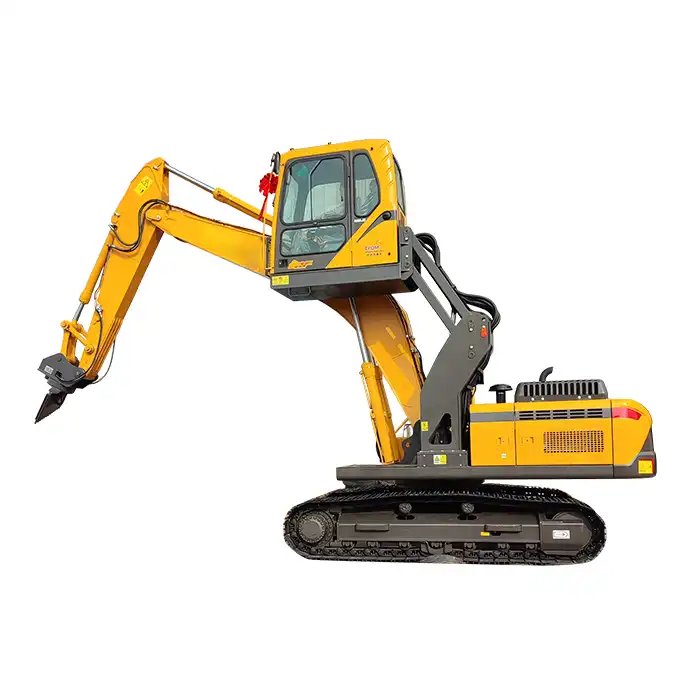 VIEW MOREExcavator Lift Cab
VIEW MOREExcavator Lift Cab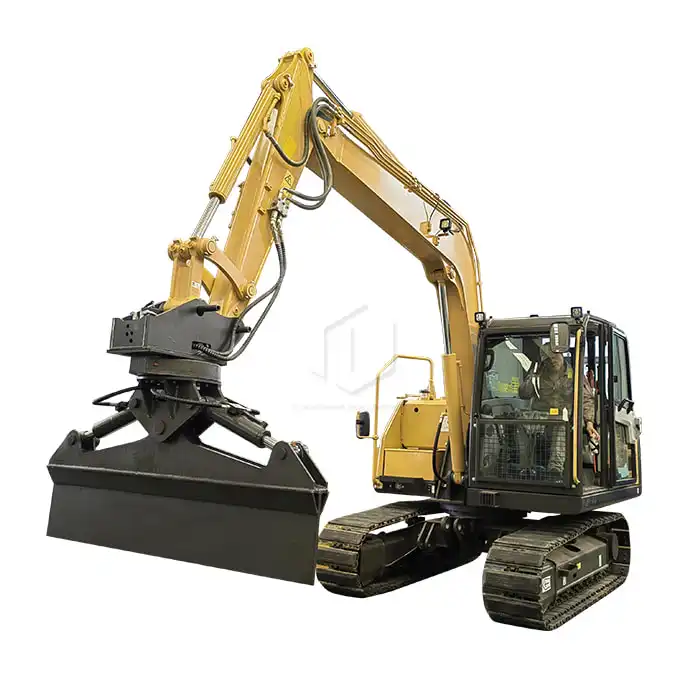 VIEW MOREExcavator Railway Slope Cleaning Machine
VIEW MOREExcavator Railway Slope Cleaning Machine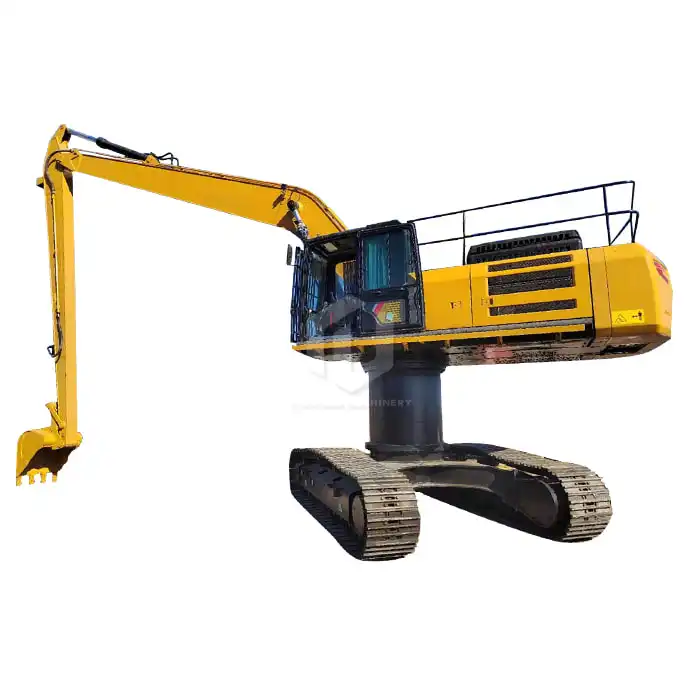 VIEW MORESeaside Excavator Heightening Column
VIEW MORESeaside Excavator Heightening Column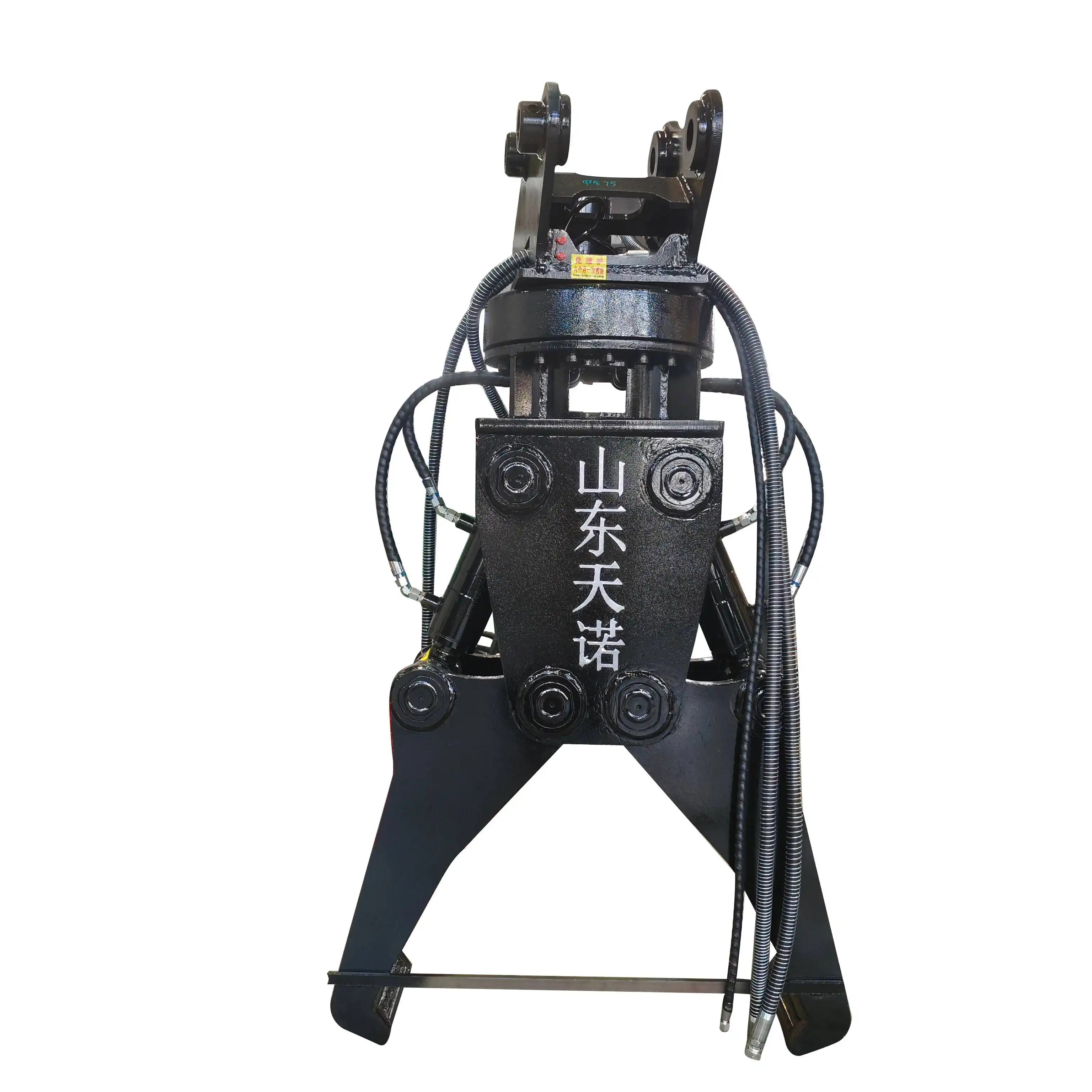 VIEW MOREExcavator rail clamp
VIEW MOREExcavator rail clamp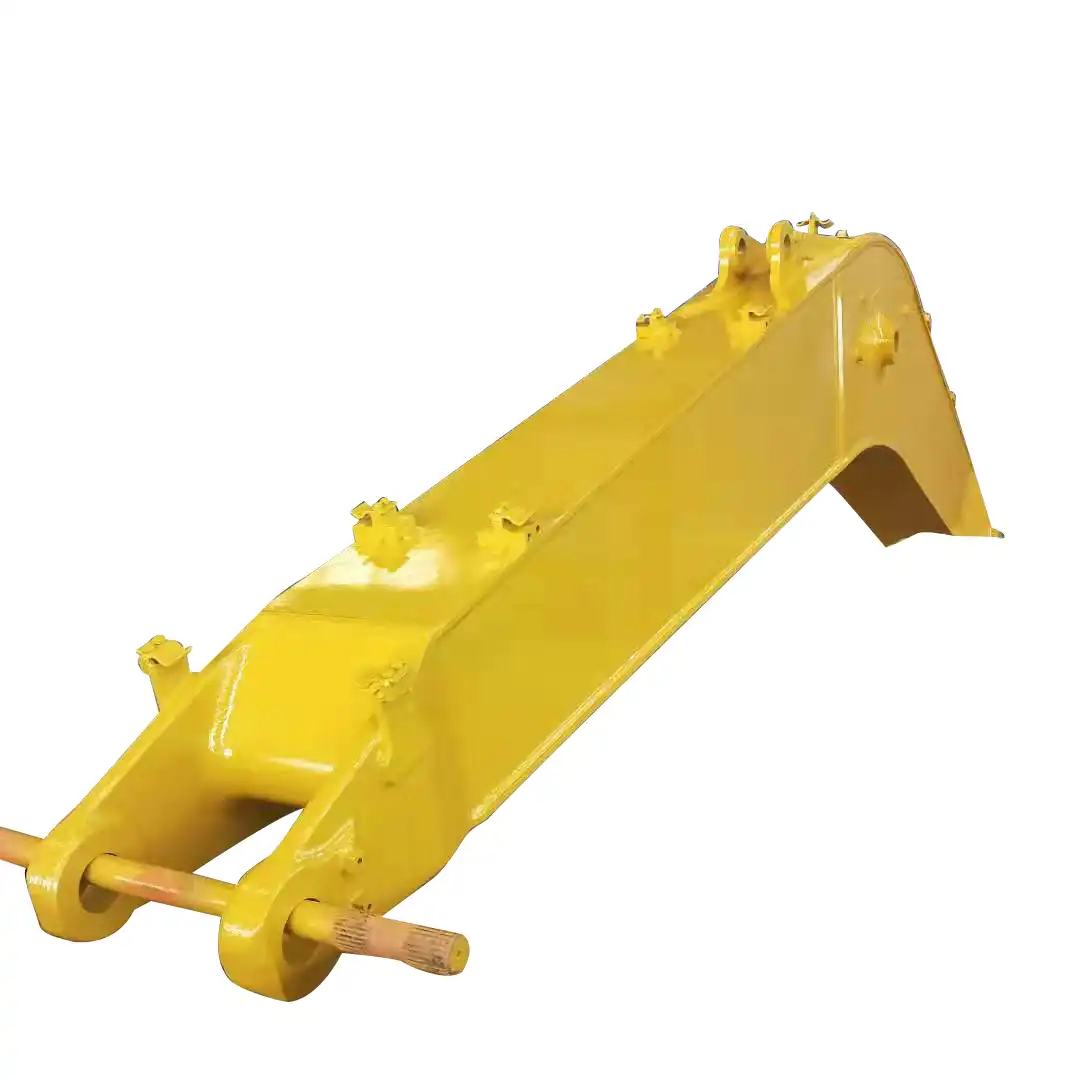 VIEW MOREExcavators Long Reach Boom
VIEW MOREExcavators Long Reach Boom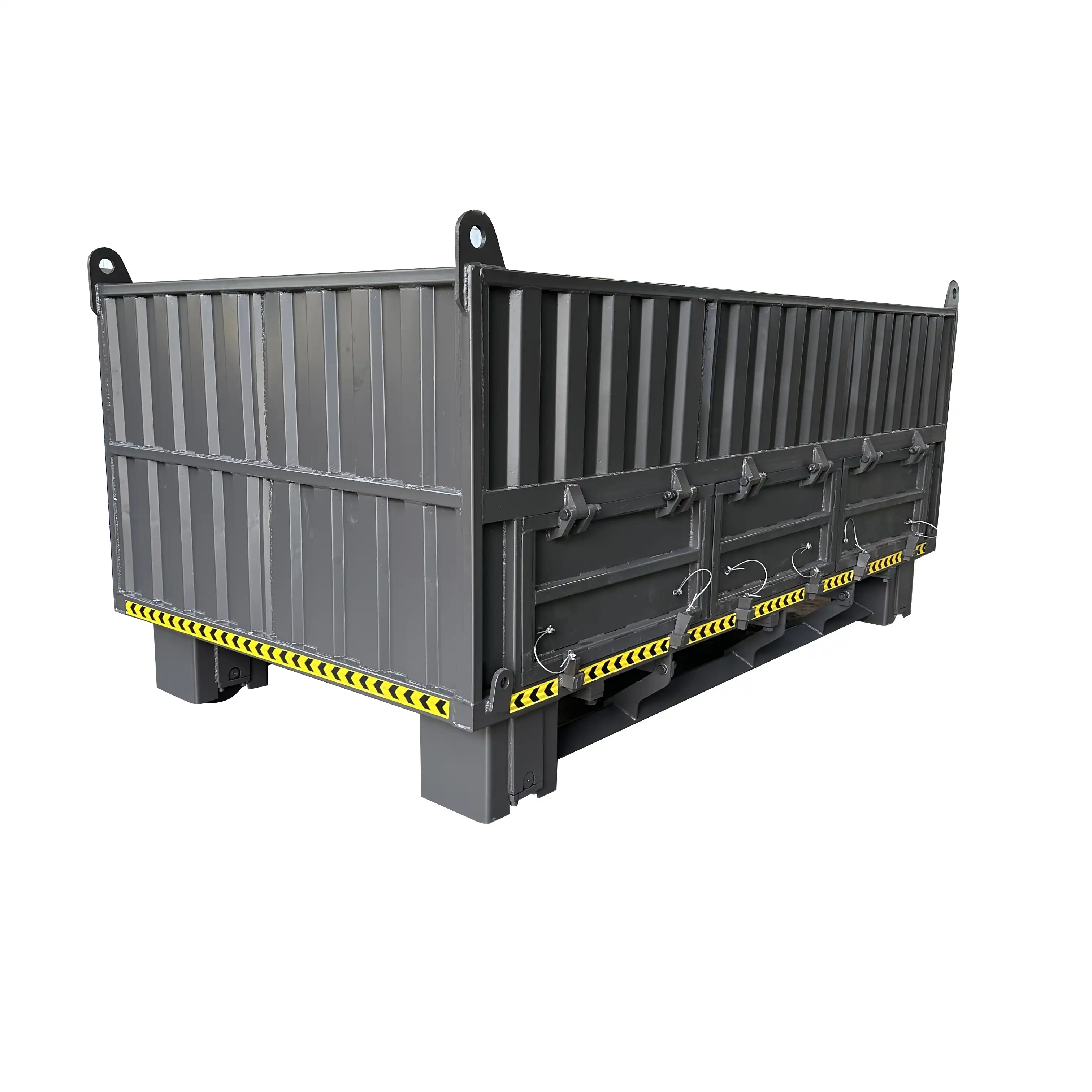 VIEW MORERailroad Ballast Car
VIEW MORERailroad Ballast Car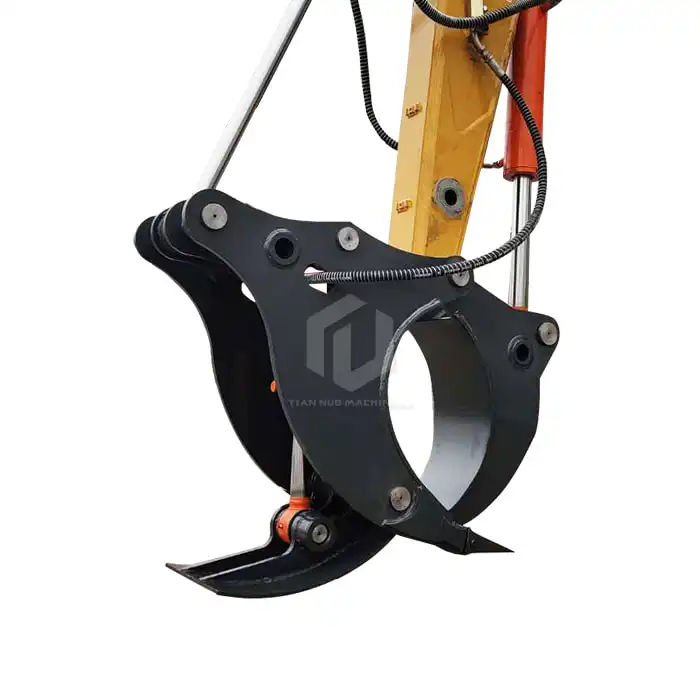 VIEW MOREExcavator Tree Stumper
VIEW MOREExcavator Tree Stumper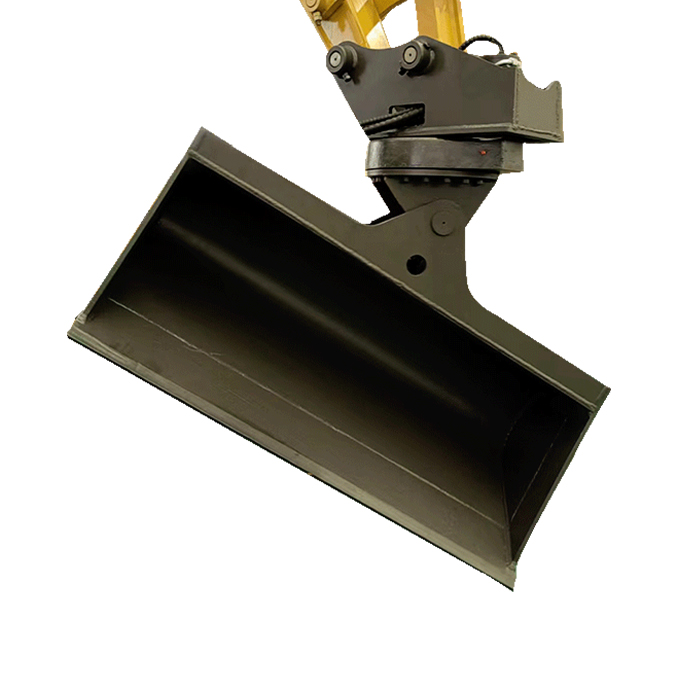 VIEW MOREDegree Rotating Hydraulic Tilt Ditching Bucket
VIEW MOREDegree Rotating Hydraulic Tilt Ditching Bucket

